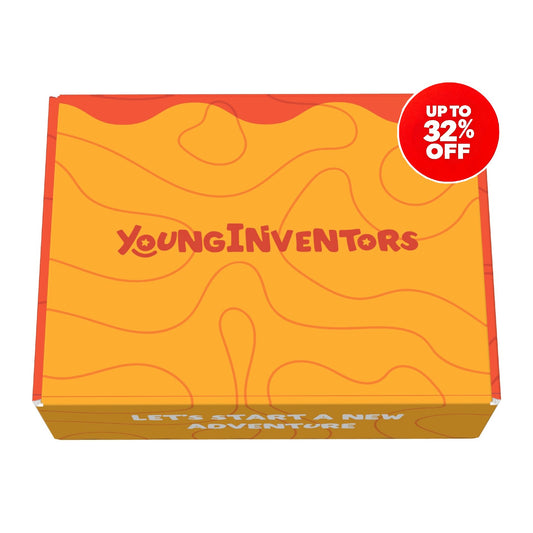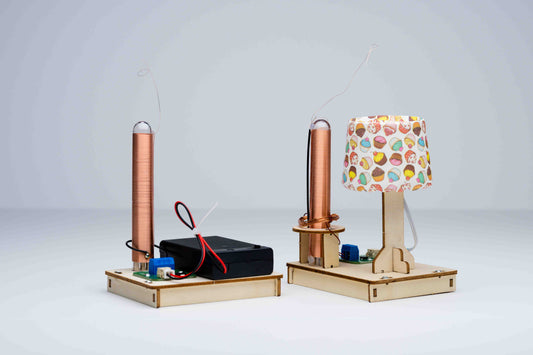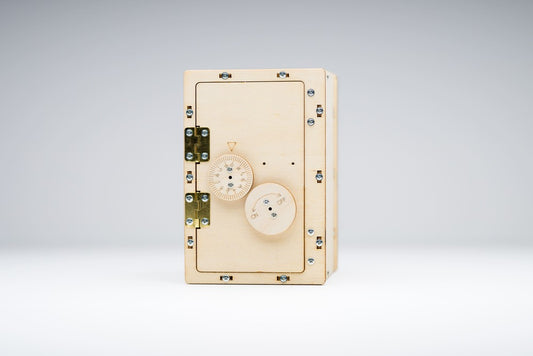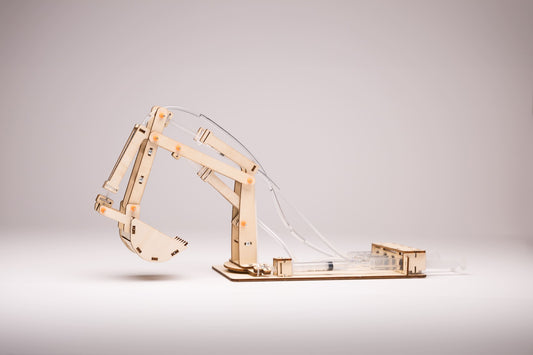As the urgency of environmental issues grows, educating children about sustainability is more important than ever. Kids need to understand the delicate balance between human activity and the natural world and how their actions impact the environment. STEM (Science, Technology, Engineering, and Mathematics) subscription boxes offer a creative, hands-on way to instill environmental awareness in young learners, teaching them essential lessons in sustainability and the science behind our planet's ecosystems. Let’s explore how these subscription boxes can foster environmental consciousness through play.
1. Connecting Kids with Nature-Based Projects
STEM subscription boxes often feature projects inspired by nature, such as building a small-scale greenhouse, creating solar-powered gadgets, or modeling water filtration systems. These activities help children understand the fundamentals of ecosystems, renewable energy, and sustainable design by exploring them directly. By engaging with nature-based challenges, kids develop a deeper appreciation for the environment.
2. Understanding Renewable Energy
One key focus of STEM subscription boxes is renewable energy. Projects might include building solar ovens, wind turbines, or simple circuits powered by solar panels. By constructing these renewable energy models, kids learn about alternatives to fossil fuels and how these resources can help create a more sustainable future.
3. Promoting Recycling and Upcycling
Many STEM subscription boxes promote recycling and upcycling by encouraging children to repurpose everyday items. Projects involving DIY robots or engineering challenges often require the use of cardboard, bottles, and other reusable materials. This teaches kids the importance of reducing waste and finding creative ways to recycle materials.
4. Building Environmental Problem-Solving Skills
Environmental issues often require innovative problem-solving. By tackling projects like water purification or composting systems, children can think critically about challenges such as pollution, waste management, and conservation. This approach helps kids develop problem-solving skills while considering the practical applications of science and engineering in environmental sustainability.
5. Exploring Biodiversity and Ecosystem Balance
Projects that focus on growing plants, creating mini-gardens, or modeling food chains enable kids to understand biodiversity and the interconnectedness of life on Earth. By experimenting with plant growth or learning about different habitats, children can see firsthand how ecosystems function and why maintaining biodiversity is essential.
6. Inspiring Future Environmentalists
Through hands-on projects that demonstrate the impact of scientific principles on real-world environmental challenges, children are more likely to feel connected to the cause. As they successfully build solar-powered devices or grow their own plants, kids gain confidence and pride in their ability to make a difference. These positive experiences can inspire future environmentalists to pursue careers in sustainability and conservation.
7. Creating Family Conversations Around Sustainability
STEM subscription boxes often provide supplementary resources that encourage family conversations around sustainability. Parents and children can explore topics like recycling or renewable energy together, creating a supportive learning environment. This shared knowledge reinforces the importance of sustainability and helps children apply what they learn to everyday life.
Conclusion
STEM subscription boxes are powerful tools for nurturing environmental awareness in children. By connecting kids with nature-based projects, renewable energy models, and hands-on sustainability challenges, these boxes make learning fun and impactful. They empower children to think critically about the environment, understand how their actions affect the planet, and explore ways to make a positive difference. By fostering this environmental consciousness through play, we can inspire the next generation to become thoughtful stewards of the Earth.




